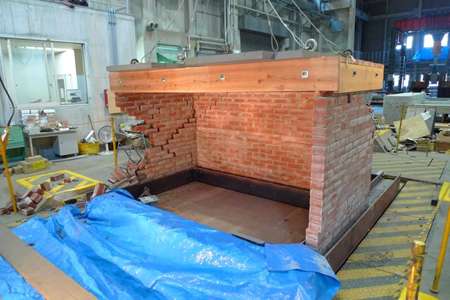Experimental study on dynamic behavior of unreinforced masonry walls

The main reason for extensive earthquake damage in developing countries is the collapse of unreinforced masonry houses.
Because of large variations in material properties and construction accuracy, as well as brittle characteristics of brick materials, it is very difficult to treat masonry building in engineering manners.
Taiki Saito and colleagues at CISMID – National University of Engineering in Peru and Building Research Institute-conducted shaking table tests to investigate the dynamic behavior of unreinforced masonry walls.
In order to represent typical masonry houses in rural areas in Peru, two specimens were constructed and tested on the shaking table. Both specimens had three walls combined together in the form of a C-shape. One specimen had no floor slab and another one had a wooden floor slab.
From the vibration tests, the generation pattern of cracks and the collapse mechanism were examined. Whereas the first specimen showed the out-of-plane flexural failure mechanism, the other specimen exhibited in-plane shear failure mechanism. This difference is presumed to be due to the restraint effect by the floor diaphragm.
Currently, the researchers are developing analytical software that can reproduce the experimental results.
More information: Taiki Saito, Luis Moya, Cesar Fajardo, and Koichi Morita. "Experimental study on dynamic behavior of unreinforced masonry walls." Journal of Disaster Research, Vol.8, No.2, pp. 305-311, 2013. (DOI): 10.1063/1.3120561
Provided by Toyohashi University of Technology




















